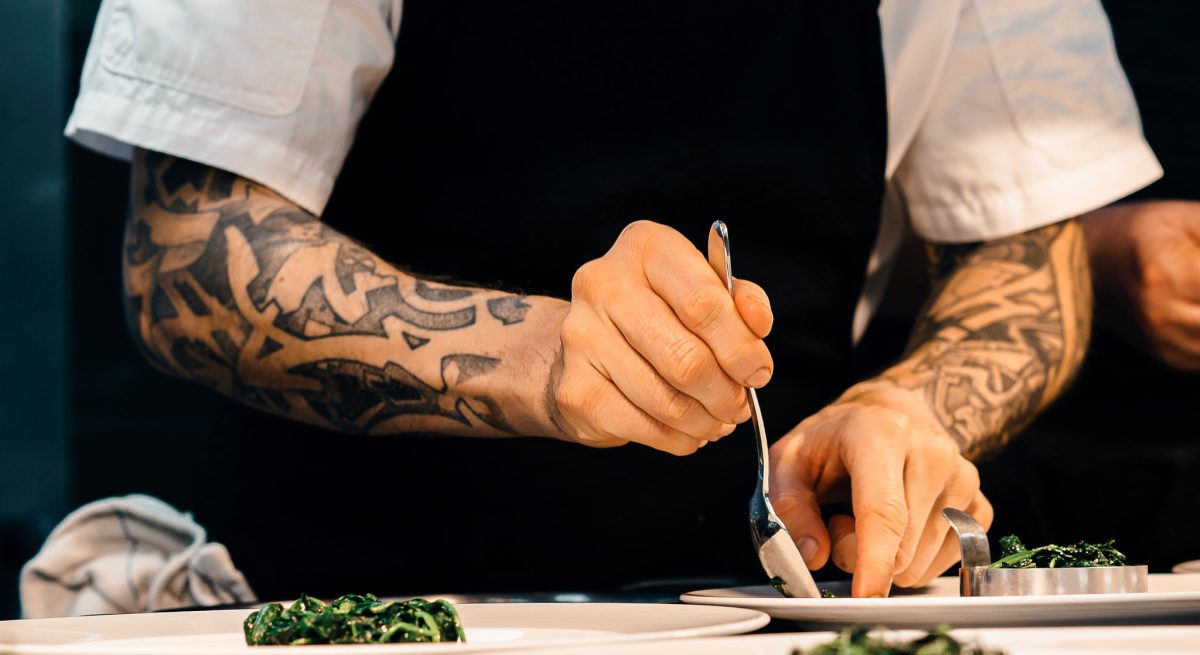How Hospitality Can Close the Food Gap
2 Min Read By Norman Van Aken
There is a disparity today between food knowledge and food preparation skills. The pre-pandemic state of affairs, which is reasonable to expect will return as vaccines become more available and cases decrease, provided us the opportunity to experience a wide variety of types and preparations of food without actually doing the cooking.
For example, Americans dine out frequently, both at fine dining restaurants and more casual establishments, with delivery apps filling in for in-person seating at the moment. Food programming on TV is at an all-time high, and every media format inundates us with all things food-related. In many American cities, there are specialty food festivals that attract huge crowds — again, something we can reasonably expect to return post-pandemic.
In short, good food has never been more part of the American consciousness than it is now. And yet, food preparation instruction is at an all-time low. Home economics courses have been dropped from most education curriculums. The family dynamic has changed from single-income, two-parent households to a broad mix of single-parent families, two-income households, and everything in between, leaving less time for parents to teach their children how to cook.
How Hospitality Can Close the Gap
This is where restaurant and hotel operators have room to step in. In many restaurants and hotels, there are natural performers who grew up watching the Food Network and can leverage their culinary knowledge on video. Not only can we teach people to cook, but this is also a strong and meaningful way to engage with our clientele and keep the dialogue flowing until we can connect in person again.
Additionally, the professional kitchen equipment is in place and currently under-utilized as business volumes are not yet back to the levels we enjoyed before the pandemic. It doesn’t take much more than some inexpensive lighting and an iPhone to create a “studio” for creating content.
Social media has set the bar high for what folks should be preparing at home. However, most people don't have the tools to cook for themselves as in generations past. We want to cook flavorful, beautiful and nutritious food at home for our family and friends. We know what that is supposed to look and taste like, but most don’t know how to achieve this.
Showcasing Culinary Diversity
I have been spending a lot of my creative energies during this time creating cooking videos via Instagram and other platforms. I join others in the mission seeking to bridge this gap, and I have been pleasantly surprised by how much appetite (pun intended) there is for this type of content.
Restaurants and hotels can showcase what makes them special. By including our culinary teams who come from all over the world, the hospitality industry is in a unique position to expand the camera's lens to showcase a wide vision of culinary traditions. We can shine a light on global culinary diversity and showcase a broad gamut of cooking techniques unique to various countries and cultures.
I want folks to become empowered to have a good time, enjoy cooking together, learn the economic benefits of home cooking as well as contribute to the welfare of the farms and artisanal producers around them. I encourage operators in the hotel, food and beverage industry to consider the same.


